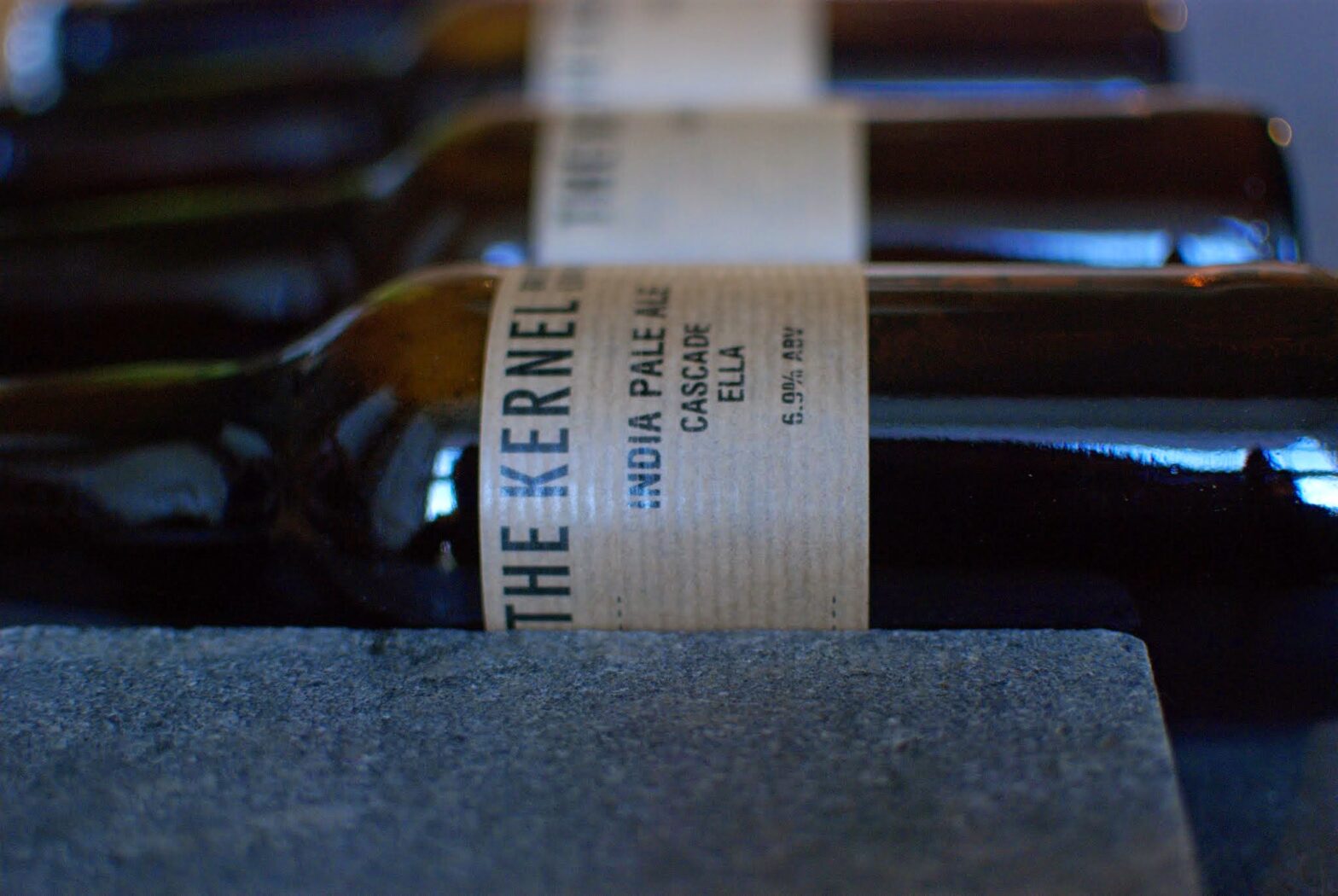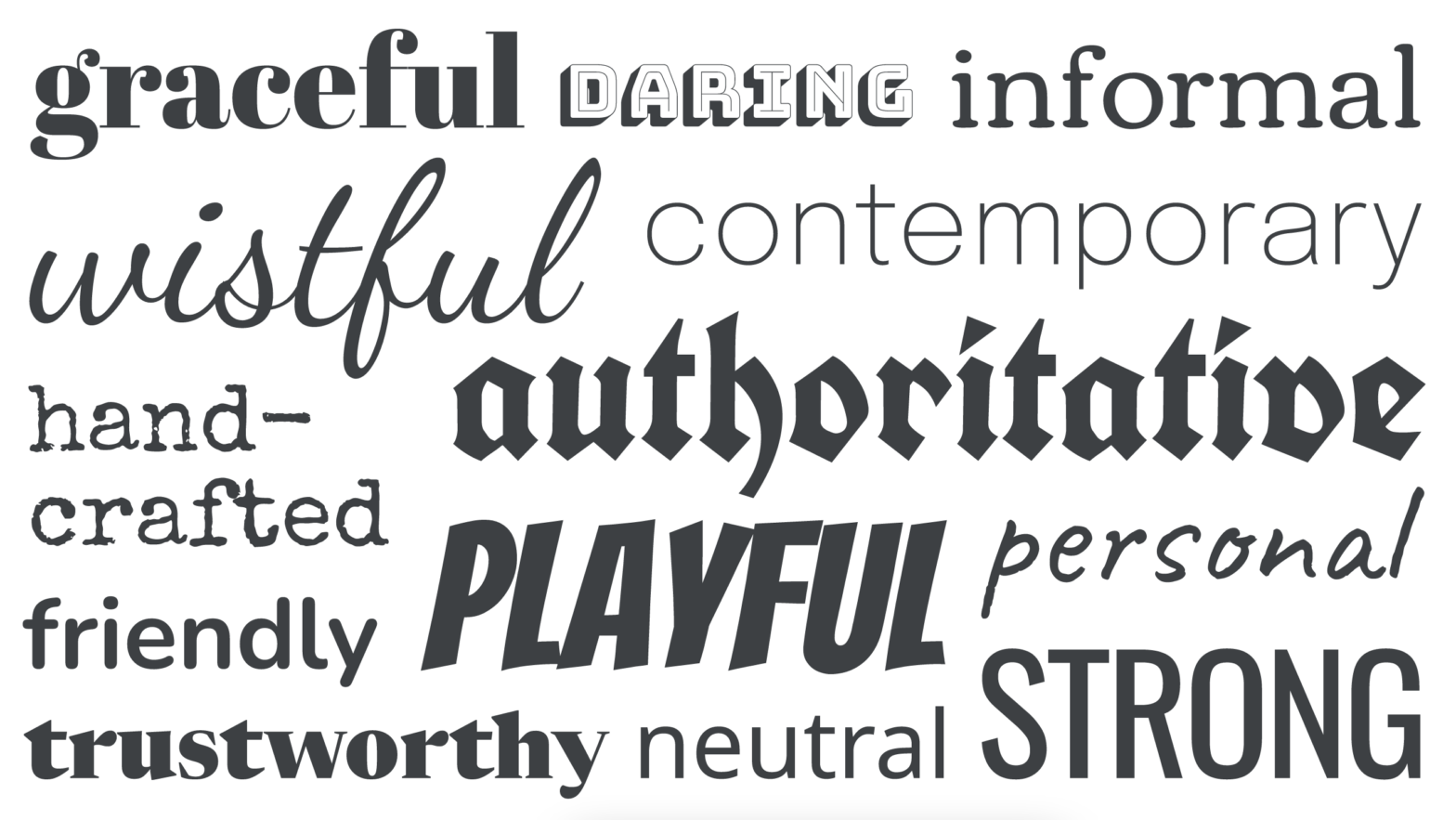It seems I cannot chat with Kafka :-(
Author: @ourlocality
-

Twenty Twenty One
Is our new default theme, i.e. when you fire up a new site.
By all means upgrade to Twenty Twenty Two, if that feels right for you or you fear being left out of the full site editing experience, but we’re old fashioned and prefer the old world editing experience and the traditional customizer – with blocks and block patterns thrown in. In other words the best of the old and the new.
If you have just created a brand new site, don’t edit these pages – delete them instead and start afresh – or spend a little time familiarising yourself with what is possible, the different post types, and examples of block arrangements or layouts and then delete them.
If you hit a problem just ping us an email:
ourlocality@sustainingdunbar.org
-

Emotive fonts
Choosing the right font for the job is pretty easy, scroll down the font list in your customizer until you find the one you like, no?
Even professional designers in a hurry might do this, e.g. if doing a quick favour or job for next to no money or they know the client is doesn’t know any better.
But there are many considerations that can improve your choice.
(more…)
